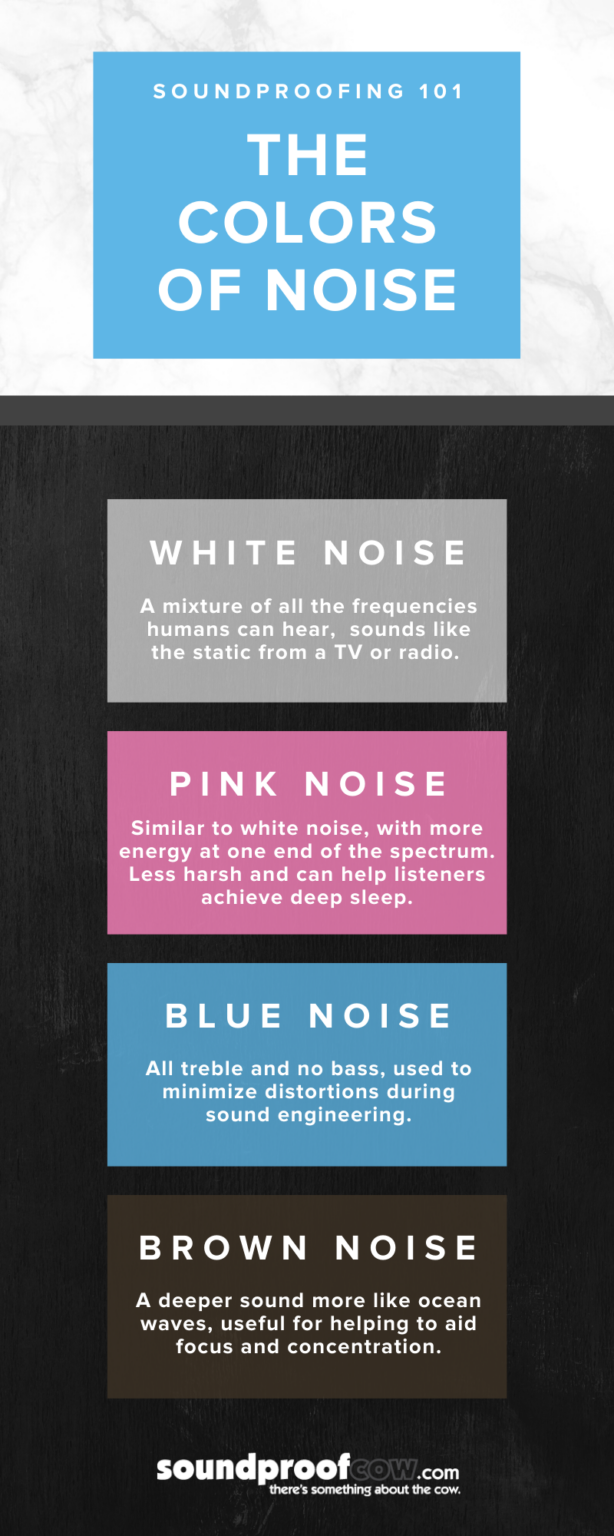Imagine a symphony of colors bursting forth from your favorite song, or the feel of a velvet texture as you taste a juicy strawberry. This isn’t a scene from a surrealist film; it’s the reality of synesthesia, a neurological phenomenon where the stimulation of one sensory pathway leads to automatic, involuntary experiences in another sensory pathway. If you’re reading this, chances are you experience the world through your five traditional senses – sight, hearing, smell, taste, and touch. But for some, those senses intertwine in a dazzling dance, creating a world where sounds have colors, emotions have tastes, and numbers have distinct personalities.

Image: chordify.net
You might wonder, “Is this real?” The answer is a resounding yes. Synesthesia is not a mental illness, nor is it a fabrication. It’s a genuine neurological phenomenon that’s been scientifically studied and documented for decades. While its exact cause remains an ongoing area of research, it’s believed to be the result of atypical cross-wiring in the brain, where signals from different sensory regions interact in unusual ways. This unique interplay between the senses opens a window into the fascinating complexity of the human brain and challenges our conventional understanding of how we perceive the world.
Delving into the World of Synesthesia
The term “synesthesia” is derived from Greek, meaning “joined sensation.” Although it’s often seen as a rare curiosity, studies suggest that it’s more common than previously thought, affecting about 4% of the population. It manifests itself in various forms, with each individual experiencing a unique combination of senses. Some common forms include:
Grapheme-Color Synesthesia: This is perhaps the most widely known type, where letters, numbers, and symbols are associated with specific colors. An individual might see the letter “A” as red, the number “3” as blue, or the word “love” as a vibrant purple.
Sound-to-Color Synesthesia: As the name suggests, this involves associating sounds with distinct hues. Music might evoke a dazzling array of colors, with high-pitched notes appearing as bright yellows and low notes as deep indigo blues.
Chromesthesia: This is a form of sound-to-color synesthesia specifically linked to music. It involves seeing colors as a response to hearing music. Some might see colors in response to specific notes, while others might see an abstract kaleidoscope of colors changing with the melody.
Number-Form Synesthesia: This is another fascinating form, where numbers are visualized as having specific shapes or layouts. For example, an individual might see the number “2” as a curved line, while “7” might resemble a jagged zigzag.
Touch-Taste Synesthesia: Certain textures might evoke specific tastes. For example, rough sandpaper might taste bitter, while smooth silk might feel like sweet honey.
While these are just a few examples, the possibilities for synesthetic experiences are virtually limitless. Each individual with synesthesia creates their own unique world of sensory connections, making it an incredibly diverse and personal phenomenon.
Synesthesia: More Than Just a Sensory Phenomenon
Beyond its fascinating nature, synesthesia offers a unique perspective on how the brain functions. It provides valuable insights into the interconnectedness of sensory pathways, challenging our traditional understanding of sensory processing. The study of synesthesia has helped researchers uncover the brain mechanisms responsible for these unique experiences, shedding light on how the brain integrates sensory information and creates a cohesive representation of the world.
Furthermore, synesthesia demonstrates the brain’s remarkable plasticity, its ability to adapt and reorganize itself. Researchers believe that individuals with synesthesia might have enhanced connectivity between certain brain regions, leading to the cross-activation of different sensory areas. This suggests that the brain is constantly evolving, adapting to new stimuli and forming new neural connections throughout life.
Navigating the World of Synesthesia
For individuals with synesthesia, living with this unique sensory experience can be both enriching and challenging. It can enhance creativity, adding a layer of sensory richness to their perception of the world. Many synesthetes find their experiences to be deeply personal and often connect with art, music, and other creative pursuits.
However, it’s important to recognize that synesthesia can also pose challenges. Individuals might find it overwhelming to navigate a world where senses constantly intertwine, especially in loud or visually stimulating environments. It’s vital for synesthetes to find ways to cope and manage their experiences, seeking support from family, friends, and mental health professionals as needed.

Image: www.soundproofcow.com
The Future of Synesthesia Research
While much progress has been made in understanding synesthesia, ongoing research continues to unravel the mysteries behind this fascinating phenomenon. Scientists are exploring its potential implications for human cognition, creativity, and even the development of new technologies. By deepening our understanding of synesthesia, we might unlock new insights into the workings of the human brain and gain a greater appreciation for the incredible diversity of human experience.
I Can See Sounds And Hear Colors
Embracing the Spectrum of Sensory Experiences
Ultimately, synesthesia reminds us that there’s no single “correct” way to experience the world. It challenges our assumptions about sensory perception and reveals the incredible variety of ways that the brain can process information. By fostering a wider appreciation for the diversity of human perception, we can create a more inclusive and understanding world for everyone, empowering individuals to embrace their own unique sensory experiences.





